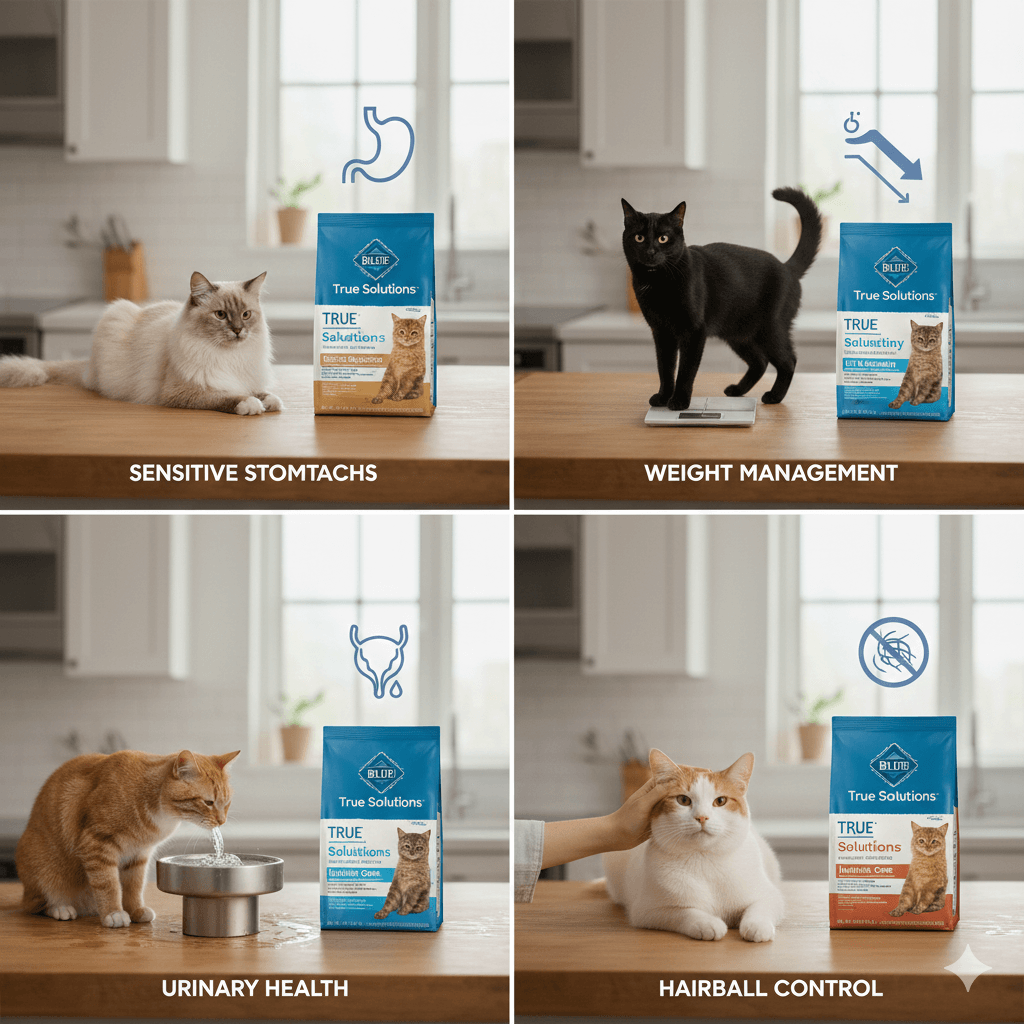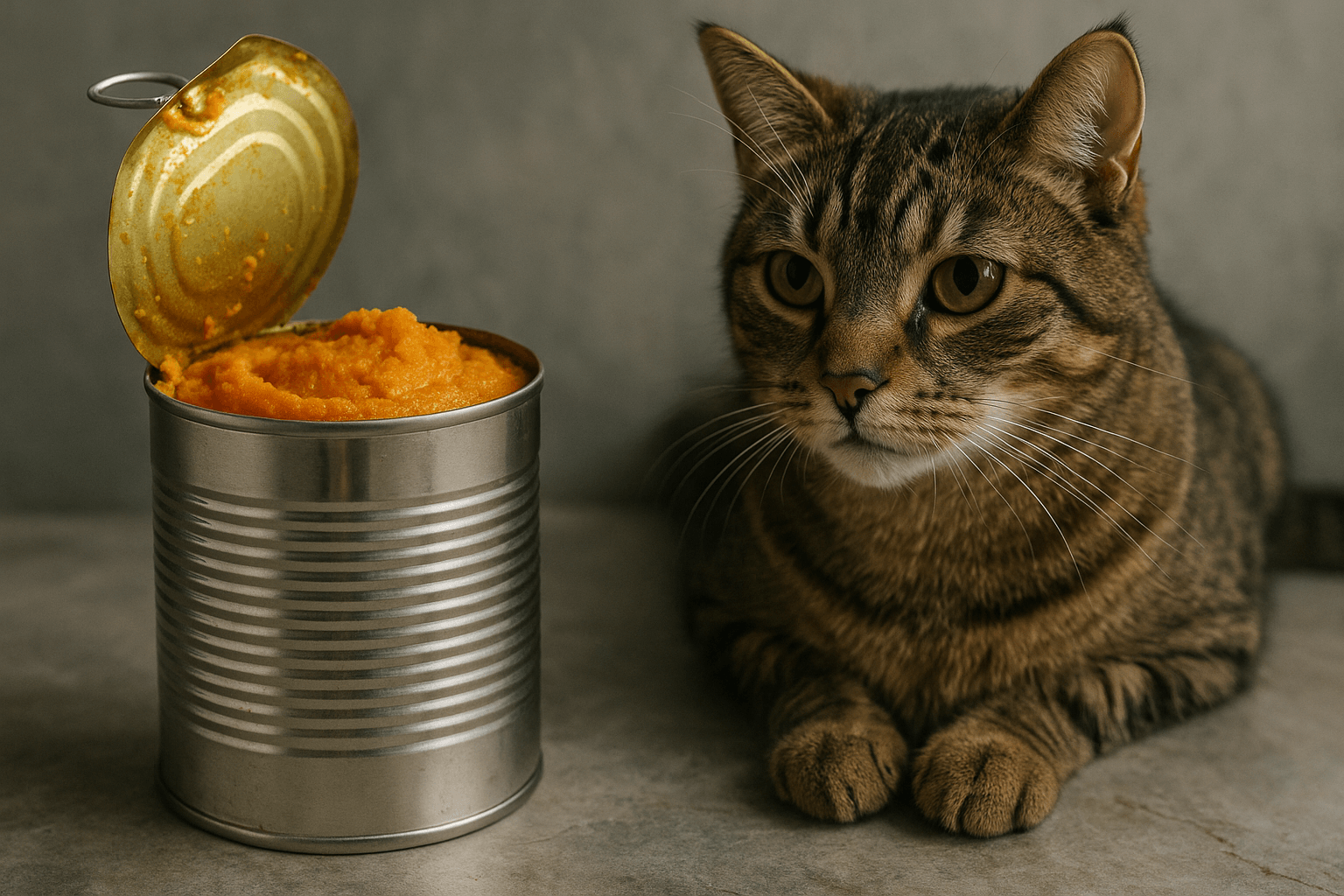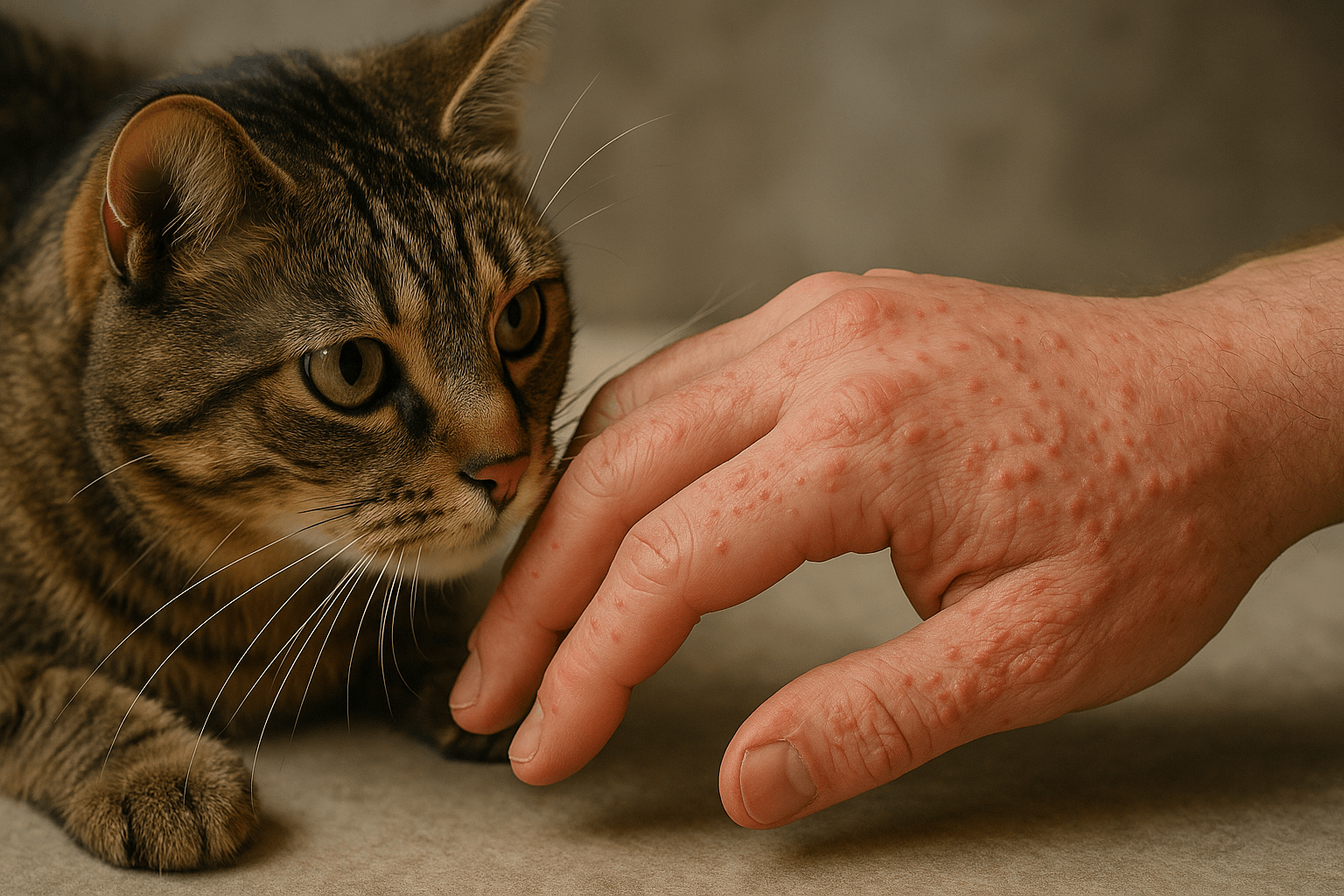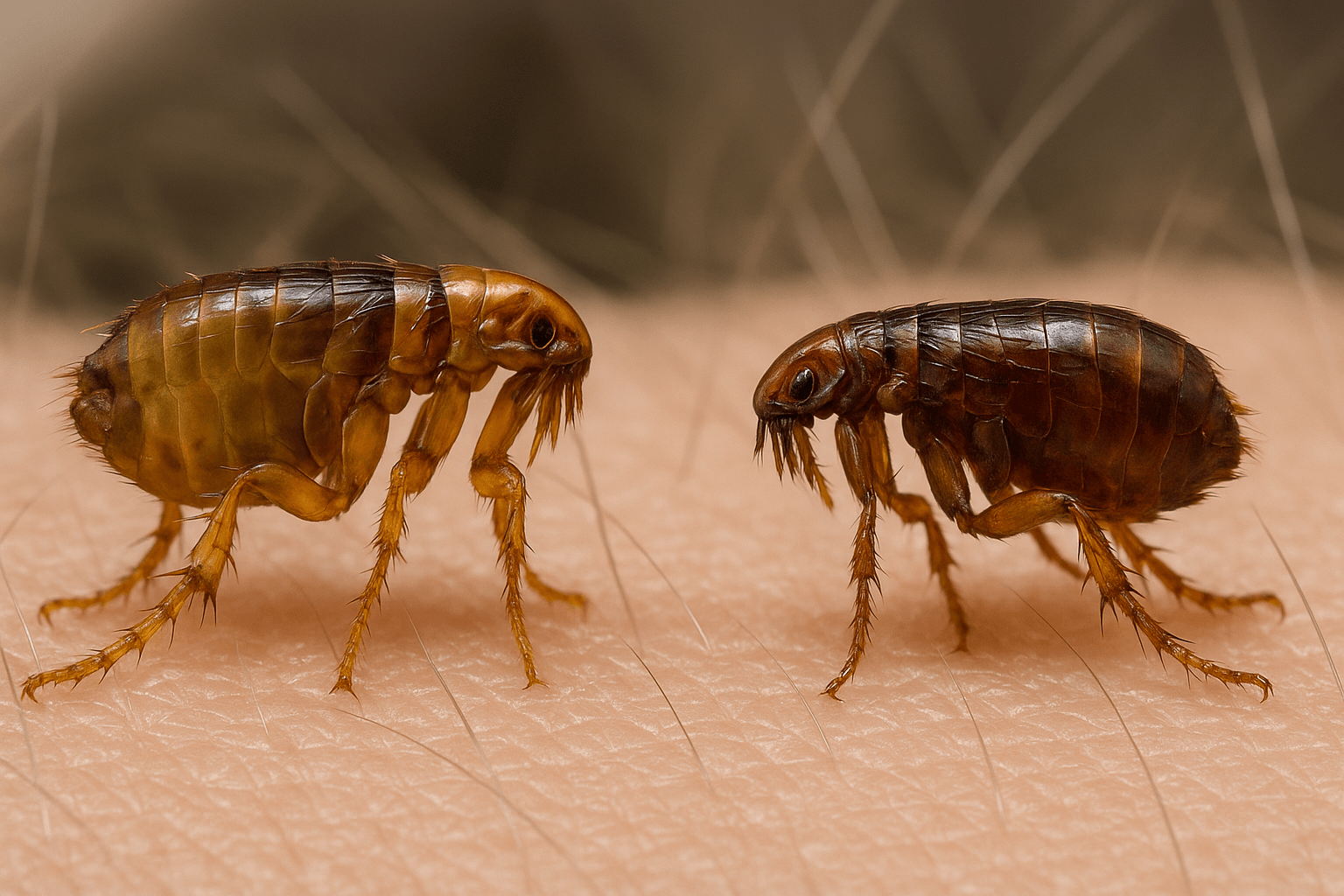Can Dogs Eat Pasta? Everything You Need to Know
Pasta is a staple in many households, loved for its versatility and comforting taste. But when it comes to sharing this carb-heavy dish with your furry friend, you might be wondering: can dogs eat pasta? While pasta itself isn’t toxic to dogs, there are important considerations to keep in mind before offering it as a treat. Factors like portion size, preparation methods, and added ingredients can make a big difference in whether pasta is safe or harmful for your pup.
In this blog post, we’ll explore the ins and outs of feeding pasta to dogs, including benefits, risks, and tips for doing so safely. By the end, you’ll have a clear understanding of how to include pasta in your dog’s diet responsibly—or decide if it’s best left off their plate.
Is Pasta Safe for Dogs? Key Considerations
Before giving your dog a bite of pasta, it’s essential to evaluate whether it aligns with their dietary needs. While plain pasta is generally safe in moderation, certain factors can affect its suitability for dogs. Here’s what you need to know:
Plain Pasta is Non-Toxic: Cooked, unseasoned pasta is not harmful to dogs and can even provide a quick source of energy.
Portion Control is Crucial: Overfeeding pasta can lead to weight gain due to its high carbohydrate content.
Avoid Seasonings and Sauces: Ingredients like garlic, onions, salt, and creamy sauces can be dangerous or unhealthy for dogs.
Gluten Sensitivity: Some dogs may have sensitivities to wheat-based pasta, though this is relatively rare.
Cook Thoroughly: Raw or undercooked pasta can be difficult for dogs to digest and may cause gastrointestinal upset.
By keeping these considerations in mind, you can determine whether pasta is a suitable occasional treat for your dog. Moderation and preparation are key to ensuring their safety.
Health Benefits of Feeding Pasta to Dogs
While pasta shouldn’t make up a significant part of your dog’s diet, it does offer some nutritional benefits when served in moderation. Here’s how plain pasta can contribute to your dog’s health:
Quick Energy Source: The carbohydrates in pasta provide a fast burst of energy, making it ideal for active dogs.
Easy to Digest: Plain, cooked pasta is gentle on most dogs’ stomachs and unlikely to cause digestive issues.
Low Fat Content: Without added oils or sauces, pasta is a low-fat option that won’t contribute to excessive calorie intake.
Hydration Boost: Cooked pasta retains water, which can help keep your dog hydrated, especially if they’re picky drinkers.
Customizable Additions: You can mix plain pasta with healthy toppings like cooked chicken or vegetables for a balanced snack.
While pasta isn’t a superfood for dogs, it can be a tasty and nutritious addition to their diet when prepared thoughtfully. Just remember to keep portions small and avoid harmful additives.
Check this guide 👉Can Dogs Eat Vanilla Cake? Best 7 Health Tips!
Check this guide 👉Can Dogs Eat Blue Cheese? Best 7 Expert Tips!
Check this guide 👉Can Dogs Eat Apricots? Best 7 Health Tips!

Safe Pasta Options for Dogs | Unsafe Pasta Ingredients |
|---|---|
Plain, cooked spaghetti | Garlic or onion-infused sauces |
Whole wheat or gluten-free pasta | Creamy or cheesy sauces |
Pasta mixed with lean protein | Salt or excessive seasoning |
Small portions of plain pasta | Raw or undercooked pasta |
Pasta topped with steamed veggies | Artificial flavors or preservatives |
Risks of Feeding Pasta to Dogs
While pasta can be a harmless treat in moderation, there are potential risks associated with feeding it to dogs. Understanding these risks will help you avoid unintended consequences. Here’s what to watch out for:
Weight Gain: High-carb foods like pasta can contribute to obesity if fed in excess.
Digestive Issues: Dogs with sensitive stomachs may experience bloating or gas after eating pasta.
Allergic Reactions: Although rare, some dogs may develop allergies to wheat-based pasta.
Choking Hazard: Large pieces of uncut pasta can pose a choking risk, especially for smaller breeds.
Unhealthy Additives: Many pasta dishes include ingredients like cheese, butter, or spices that are harmful to dogs.
To minimize these risks, always serve pasta in small amounts and prioritize plain, unseasoned varieties. If you notice any adverse reactions, consult your veterinarian promptly.
Tips for Safely Feeding Pasta to Your Dog
If you decide to share pasta with your dog, it’s important to do so responsibly. These tips will help ensure your dog enjoys pasta without compromising their health. Here’s how to proceed:
Choose Simple Recipes: Stick to plain, cooked pasta without added oils, seasonings, or sauces.
Cut Into Bite-Sized Pieces: Breaking pasta into smaller chunks reduces the risk of choking and makes it easier to digest.
Mix with Healthy Toppings: Add cooked chicken, turkey, or vegetables like carrots and green beans for extra nutrients.
Limit Portion Sizes: Offer only a small amount—about a tablespoon or two—as an occasional treat rather than a meal replacement.
Monitor for Reactions: Watch for signs of discomfort, such as vomiting, diarrhea, or lethargy, after introducing pasta.
By following these guidelines, you can safely incorporate pasta into your dog’s diet while minimizing potential risks. Always prioritize quality over quantity.
Alternative Human Foods Dogs Can Safely Eat
If you’re considering sharing human foods with your dog, it’s important to know which options are safe and nutritious. While pasta can be an occasional treat, there are other human foods that provide better nutritional value for dogs. Here’s a list of safe alternatives:
Cooked Chicken: A lean protein source that’s easy to digest and packed with essential nutrients.
Carrots: Low in calories and high in fiber, carrots make a crunchy, healthy snack for dogs.
Peanut Butter (Unsweetened): A tasty treat that’s rich in healthy fats and protein, but ensure it’s free of xylitol.
Pumpkin (Plain): Canned or cooked pumpkin aids digestion and is great for dogs with upset stomachs.
Blueberries: These antioxidant-rich berries are a sweet and safe treat for dogs in moderation.
By offering these alternatives, you can provide your dog with healthier snack options while avoiding potential risks associated with less suitable foods like pasta. Always introduce new foods gradually to monitor for reactions.
Signs Your Dog Has Eaten Something Harmful
Even with the best intentions, dogs can accidentally ingest harmful foods. Recognizing the signs of toxicity or digestive distress can help you act quickly to protect your pet. Here’s what to look for:
Vomiting or Diarrhea: These are common symptoms of food poisoning or intolerance.
Lethargy: A sudden lack of energy may indicate your dog is feeling unwell after eating something inappropriate.
Excessive Drooling: This could signal nausea or irritation caused by toxic substances.
Loss of Appetite: Refusal to eat is often a sign that something is wrong internally.
Difficulty Breathing: In severe cases, ingestion of harmful foods can cause respiratory issues.
If you notice any of these signs, contact your veterinarian immediately. Prevention is always better than dealing with the consequences of accidental ingestion.
How to Introduce New Foods to Your Dog’s Diet
Introducing new foods to your dog’s diet requires care and patience to avoid digestive upset or adverse reactions. Whether you’re trying pasta or other human foods, here’s how to do it safely:
Start Small: Offer tiny portions of the new food to see how your dog reacts before giving larger amounts.
Observe for 24 Hours: Monitor your dog for any changes in behavior, stool consistency, or appetite after introducing the food.
Avoid Mixing Too Many New Ingredients: Introduce one new food at a time to identify potential allergies or intolerances.
Stick to Plain Preparations: Avoid adding spices, oils, or sauces that could irritate your dog’s stomach.
Consult Your Vet: If you’re unsure about a specific food, seek professional advice to ensure it’s safe for your dog.
By following these steps, you can safely expand your dog’s palate while minimizing risks. Remember, not all human foods are suitable for dogs, so always err on the side of caution.
Frequently Asked Questions About Feeding Pasta to Dogs
Can dogs eat spaghetti?
Yes, plain, cooked spaghetti is safe for dogs in moderation, but avoid sauces and seasonings.
Is whole wheat pasta better for dogs?
Whole wheat pasta is fine for dogs without gluten sensitivities, but it’s still high in carbs and should be given sparingly.
Can dogs eat macaroni and cheese?
No, the cheese and butter in macaroni and cheese can upset your dog’s stomach and lead to weight gain.
What should I do if my dog eats too much pasta?
Monitor them for signs of digestive upset or bloating. If symptoms persist, contact your vet.
Are gluten-free pastas safe for dogs?
Yes, gluten-free options like rice or chickpea pasta are safe, provided they’re plain and served in moderation.
In Conclusion: Can Dogs Eat Pasta? A Balanced Perspective
So, can dogs eat pasta? The answer is yes—but with caution. While plain, cooked pasta is safe and even beneficial in small amounts, it’s important to avoid overfeeding or adding harmful ingredients. By serving pasta responsibly and prioritizing your dog’s overall diet, you can occasionally treat them to this human favorite without worry. Remember, every dog is unique, so pay attention to how your pup responds to new foods. With proper care and moderation, pasta can be a fun and tasty addition to your dog’s menu. After all, sharing meals (even in small doses) is one of the joys of having a canine companion!
Blue Buffalo Cat Food: Best 7 Expert Tips! Discover how to choose the right formula, feeding strategies, and nutritional benefits for your feline friend.
Canned Pumpkin for Cat Diarrhea: Best 7 Expert Tips! Natural remedy to firm stools, soothe upset bellies, and support gut health safely.
Can a Cat Give You Scabies? Best 7 Expert Tips! Discover the truth about feline mites, human skin risks, and how to protect yourself—without panic.
Cat Flea vs Human Flea: Best 7 Expert Tips! Discover the truth about bites, species, and how to eliminate infestations for good.





